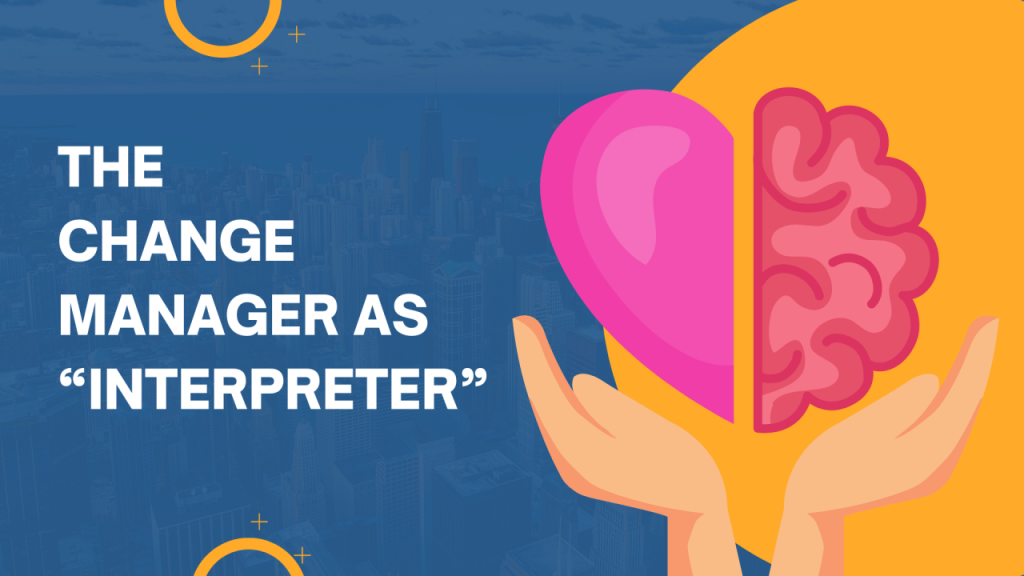
In a previous discussion on the critical role of active listening in change management, I touched upon the foundational skills needed to truly hear and understand the concerns and needs of those affected by organizational changes. Building on that concept, it’s important to recognize that effective change managers must evolve from mere listeners to skilled interpreters. This progression involves not only hearing the words spoken but also deciphering the meanings hidden within silences, between the lines, and beyond the obvious verbal expressions. This deeper level of understanding can significantly refine our approach to managing and implementing change.
Understanding the Depth of Communication
Effective communication in the context of change management is complex and layered. People often mask their true feelings due to uncertainty, fear, or corporate pressure to conform. Thus, it becomes crucial for change managers to develop the ability to read these unspoken signals as part of their communication strategy.
Strategies for Evolving from Listener to Interpreter
- Recognizing Nonverbal Communication: Over half of all human communication is nonverbal. As change managers, interpreting body language, facial expressions, and even pauses in conversation can provide deeper insights into individual and group sentiments about change.
- Contextual Listening: This involves understanding the broader context in which words are spoken. Factors such as company culture, historical reactions to change, and individual roles within the organization can significantly affect how messages are conveyed and received.
- Developing Feedback Mechanisms: Implementing structured yet flexible channels for feedback encourages honest communication. Tools like anonymous surveys, suggestion boxes, and open forums can help surface hidden concerns and thoughts that might not be shared openly.
- Engaging Empathetically: One-on-one discussions can be particularly revealing if approached with empathy and curiosity. Such settings allow for deeper dialogue, where gentle probing and empathetic responses encourage openness, helping change managers to gather more nuanced insights.
A case example – CRM
Let me highlight a fairly recent case, in which a multinational corporation decided to implement a new Customer Relationship Management (CRM) system to improve its sales processes and customer data management. The change was part of a broader initiative to enhance technological capabilities across all levels of the organization.
During the initial rollout, the project team conducted several meetings where the new CRM system was introduced, including to Field Team A. The lead, as well as the members of Team A, continuously pledged their support and emphasized readiness to adopt the new system. However, as the implementation phase progressed, it became evident that many were still clinging to the old system.
Upon closer observation, several subtle cues began to surface:
- “Body” Language: During the online training sessions, some team members displayed the equivalent of closed body language in an online setting, not engaging and seeking contact, and when asked avoiding any more detailed exchange when discussing the functionalities of the new system.
- Engagement with Training Materials: There was a noticeable lack of engagement with the training materials. For instance, follow-up quizzes and practice tasks that were designed to reinforce the training showed poor completion rates.
- One-on-One Conversations: In individual follow-up meetings intended to address any concerns privately, it became clear that several team members did not fully understand how to utilize key features of the new CRM effectively and what was expected of them in the first place. They expressed concerns about the complexity of the interface and the fear of making mistakes that could affect customer relations – statements they avoided in the group setting..
These observations indicated a significant discomfort with the new system and an underlying anxiety about the ability to adapt to it. The change management team decided to take a different, more individually supportive approach:
The Role of the Interpreter
As interpreters, change managers take the raw data of spoken and unspoken communication and translate it into actionable insights. This involves:
- Adjusting change strategies to better align with the true sentiments of the team.
- Investigating and addressing unspoken fears or resistance before they manifest in more disruptive ways.
- Enhancing trust within the team by demonstrating an understanding that goes beyond what is explicitly shared.
Evolving from a listener to an interpreter in change management is not just about enhancing personal skills but about deepening our engagement with the transformation process. By understanding and interpreting the full spectrum of communication, change managers can ensure that interventions are not only timely but also profoundly attuned to the real dynamics of the organization.
I’m sure you also have experienced situations where the spoken word didn’t match your observations of behavior and body language. What was your strategy to explore this further? How do you cultivate your skills as an interpreter to better facilitate change? Share your thoughts in a comment below…
This is a copy of the same post on my LinkedIn blog. To comment and join the discussion on this topic switch to LinkedIn. Follow me for regular updates and blog articles: https://www.linkedin.com/in/drnilskoenig/
